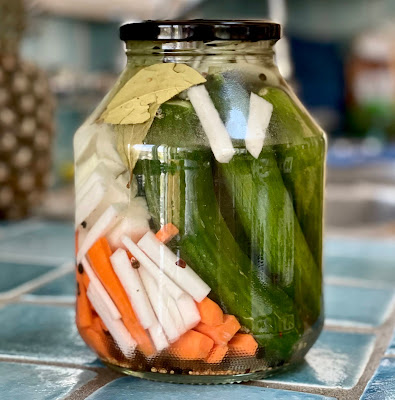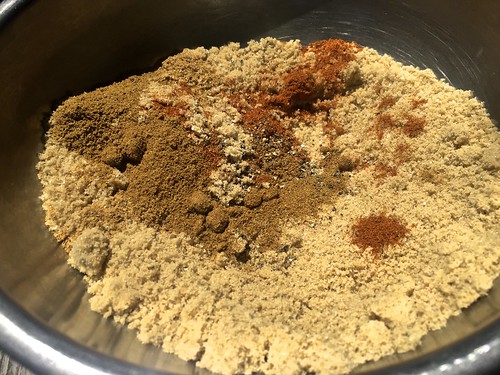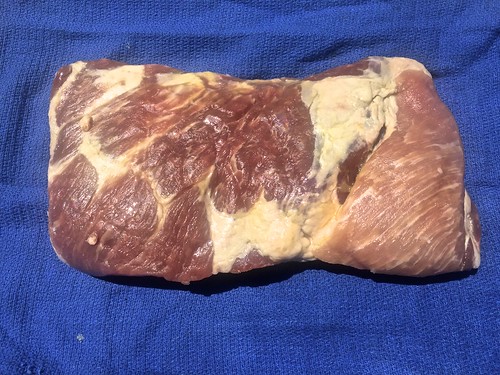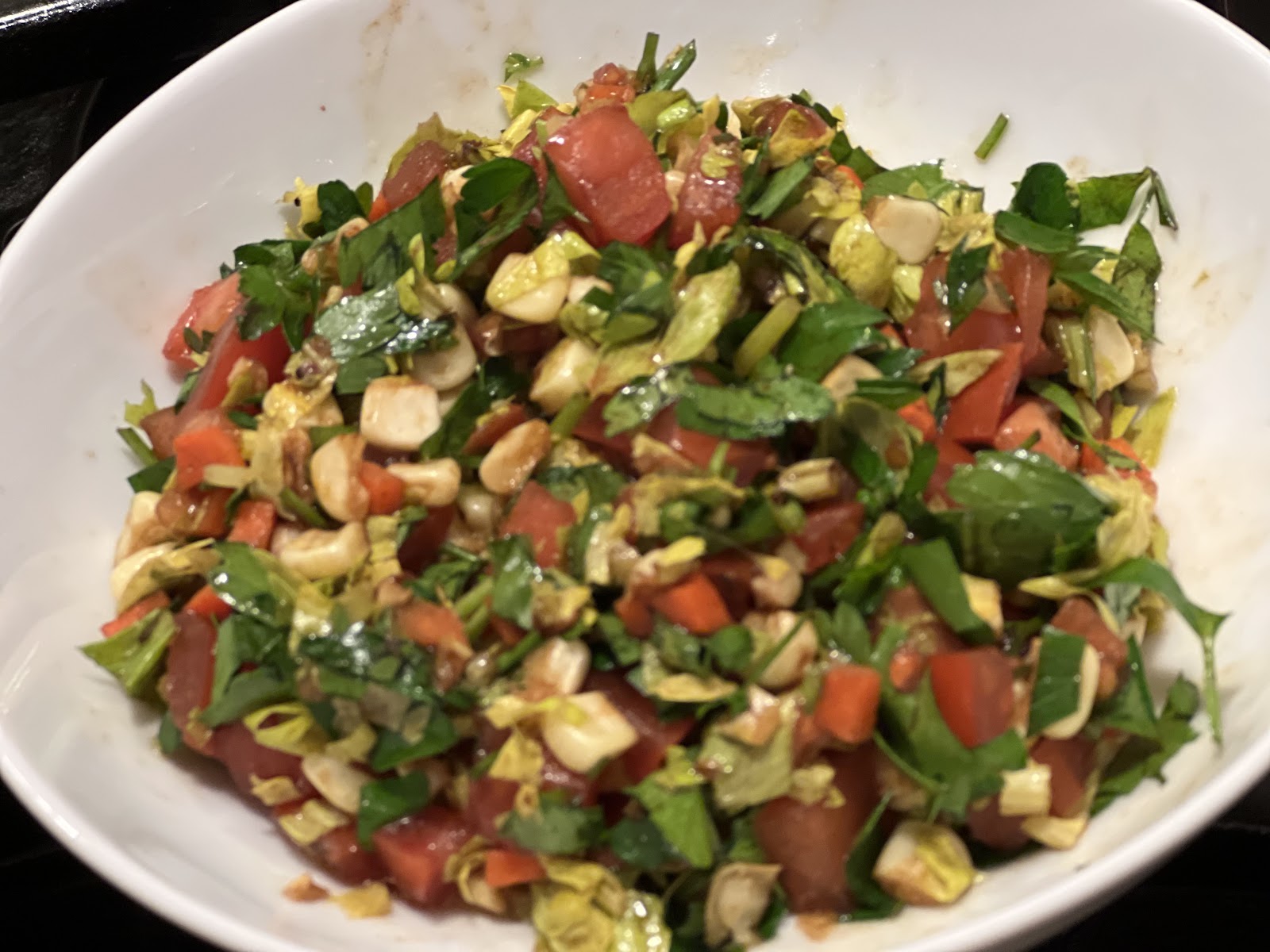Rockets exploding overhead. Sparklers in the darkness. Time to celebrate Independence Day. Time to gather together.
Last year we couldn't. This year we can. An amazing triumph of human will and science over a deadly disease. Thank you to all those who labored to care for us and those who created a way forward.
This year for us in Pacific Palisades, we will celebrate the past and our future with a picnic on the grass facing the high school. We'll have a pot luck dinner, see one another in person and catch up.
I'll make fried chicken a chef taught me in his kitchen and potato salad I learned from my mother. And, I will bring pickles made not with cukes but with elegantly long Persian cucumbers. For me, this is a newly modified recipe, midway between a classic Jewish dill pickle and Moroccan pickled vegetables.
Ready to eat after a day for a crisp pickle or in a week or two for a more mellow pickle-experience.
Pickles
No doubt the people who made the first pickles thought they had made a mistake. Somebody accidentally forgot about some raw vegetables in a pot with an acid and salt. Surprise, surprise. A week later, the vegetables weren’t moldy, no bugs had eaten them and, deliciously, they had a nice crunch and tang. Thus was born, the pickle!
In the 1920s, my great-grandfather made pickles on the Lower East Side of Manhattan. Grandmother Caroline used to tell stories about working in their little grocery store as a child. When customers would want pickles, she would hop off the counter and go out front to the pickle barrels and fish out the ones they wanted.
I never knew her parents. I never ate their pickles, but I must have brine in my veins because wherever I travel, I am always on the look out for pickles.
Persian Cucumber, Carrot, Onion and Daikon Pickles
As with with things in life, the better the ingredients, the better the result. Use the best vegetables, you'll make a better pickle. Choose Persian cucumbers that are firm, unblemished, without any soft areas. Use carrots that have a sweet taste, the better to contrast with the vinegar and salt.
For pickled onions, slice yellow onions the long way (from root to stem) into thin strips or buy Mexican onions that look like mature scallions with fat bulbs. Whole onions take a week to pickle. Onion strips pickle in a day.
Daikon pickles are a delight. Crisp and clean tasting.
Vinegar makes a difference. White, red, yellow, there are many different types of vinegars with as many results. I use white wine vinegar I find in Persian and Armenian grocery stores that is less acidic than white vinegar and doesn't color the vegetables as would red wine vinegar. For these pickles I don't use Japanese rice wine vinegar, but I think it would work as well.
Choose a glass jar tall enough for the Persian cucumbers to stand up. Wash the glass jar in a dish washer or with hot water and soap before using.
How much brine you need depends on the size of the jar. All the vegetables must be submerged in brine to avoid spoiling. Make extra brine to keep in a separate container. As vegetables are removed, add brine to cover.
Only use Diamond Crystal Kosher Salt. Other kosher salts contain additives.
Before adding the brine to the vegetables, taste and adjust. You might like less salt or more vinegar than I do.
Prep: 15 minutes
Serves: 6
Pickling Ingredients:
6 Persian cucumbers, washed, stems removed
2 large carrots, washed, ends trimmed, peeled, cut into 1 1/2" fat sticks
1 small daikon, washed, ends trimmed, peeled, cut into 1 1/2" fat sticks
1 small yellow onions, washed, ends trimmed, peeled, sliced thin from stem to root
Brine Ingredients - Adjust proportionally to the size of the glass jar
1 1/2 tablespoons Diamond Crystal Kosher Salt
1/2 cup Yellow White Wine Persian Vinegar or Japanese Rice Wine Vinegar
2 cups water
1 teaspoon black pepper corns
1/2 teaspoon mustard seeds
A pinch hot pepper flakes
3 bay leaves
Directions:
Lay the glass jar on its side.
Slide cucumbers into jar so they will stand up when the jar is placed upright.
Add other vegetables.
Add aromatics.
Stir brine well and add until vegetables are completely submerged. Make certain you keep 1 cup of brine in a separate container to add later as the liquid level drops when you remove vegetables.



































